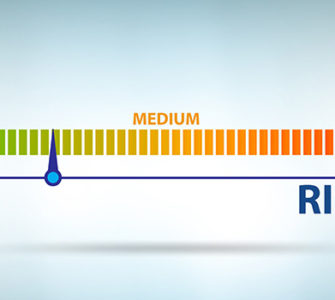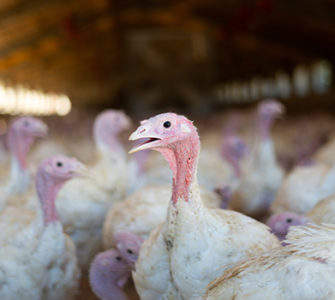UMN expert: Transparency, communication keys to mitigating the risks of HPAI
The US has a long history of effective disease control and has eradicated or remained free of many pests and agents even as they remain endemic in other parts of the world, said Carol Cardona, DVM, with the Secure Food System team at the University of Minnesota.
This record of success can easily lull an industry into a false sense of security, however. Once an exotic pest or pathogen is introduced in the US, it can rapidly devastate agricultural populations that lack resistance, Cardona said. It can also negatively impact business models based on effective disease prevention and control.
“With highly pathogenic avian influenza (HPAI), the industry learned that practices and strategies that work during normal times can be dangerous during an outbreak because they can contribute to disease spread,” she said.
Challenging control measures
According to Cardona, the impact of disease control can be just as costly as the disease itself.
For example, movement restrictions during the Newcastle disease outbreak in the early 1970s resulted in the end of the turkey industry in California because producers were not allowed to move chicks and hatching eggs, she reported during a presentation at the North Central Avian Disease Conference earlier this year.
During the 1983-84 HPAI outbreak in Pennsylvania, holding and movement limits for breeder and hatchery operations resulted in no way to move product nor restock farms. “These farms suffered huge losses, with some going completely out of business,” Cardona said.
“In 2004, the outbreak of HPAI H5N1 in Southeast Asia resulted in more than $10 million in losses for companies that were uninfected in the outbreak,” she added. “Movement restrictions on commodities can even present risk to industries quite distant from the outbreak if agricultural- and food-supply chains are linked nationally.”
Communication practices
In normal times, poultry companies don’t share sensitive company information with each other or with regulatory agencies. But during an outbreak, transparency is absolutely necessary, Cardona said.
As an example, she explained that by the first week of April 2015, there was a perpetuated outbreak of HPAI in Minnesota — “the details of which were not known by the people who needed to know. State-to-state communications took place about the outbreak, but states were not always talking to their industries. In addition, industry-to-industry communication was not happening, and that prevented detailed knowledge from being shared.”
This lack of transparency can lead to misinformation that prevents people from taking the right steps to protect their farms. In addition, barriers between states and industries prevented real-time communication in the 2015 outbreak, Cardona said. And because poultry operations are very large, biosecurity can be difficult.
“Increasing size has created systems that are vulnerable to HPAI,” Cardona said.
Stop movement
“After detection of HPAI in the US, one of the first outbreak-control steps was to stop the movements of all susceptible species, and this usually means trade restrictions as well,” Cardona said. Blanket state-to-state movement restrictions were enforced.
According to Cardona, detection of a low-pathogenic H5/H7 virus resulted in immediate trade restrictions that far exceeded the transmission potential of the virus. In her opinion, low-pathogenicity avian influenza viruses should not be reportable to the world community.
“The inclusion of H5/H7 detections in the undeclared war of trade has not helped us,” she said.
SFS program
The Secure Food Supply (SFS) plans were first and most extensively used in the 2015 H5N2 HPAI outbreak primarily in Minnesota and Iowa, Cardona noted.
“The 2015 HPAI outbreak was the largest in US history, and it demonstrated the need to make the SFS operational. SFS approaches are again being used to mitigate the risks of [getting] products and animals to market in 2022 H5N1 HPAI outbreaks.”
Posted on December 7, 2022

















